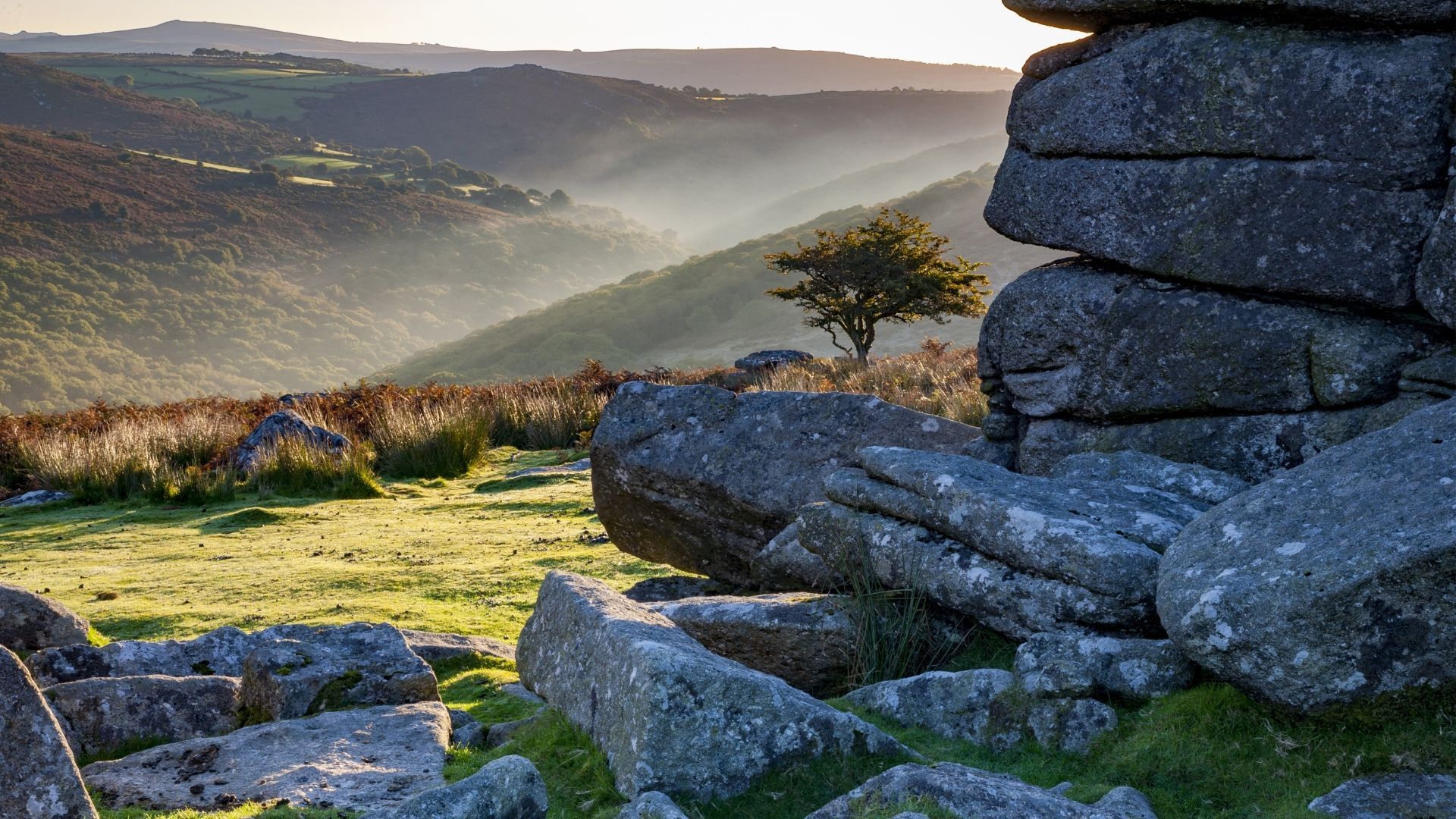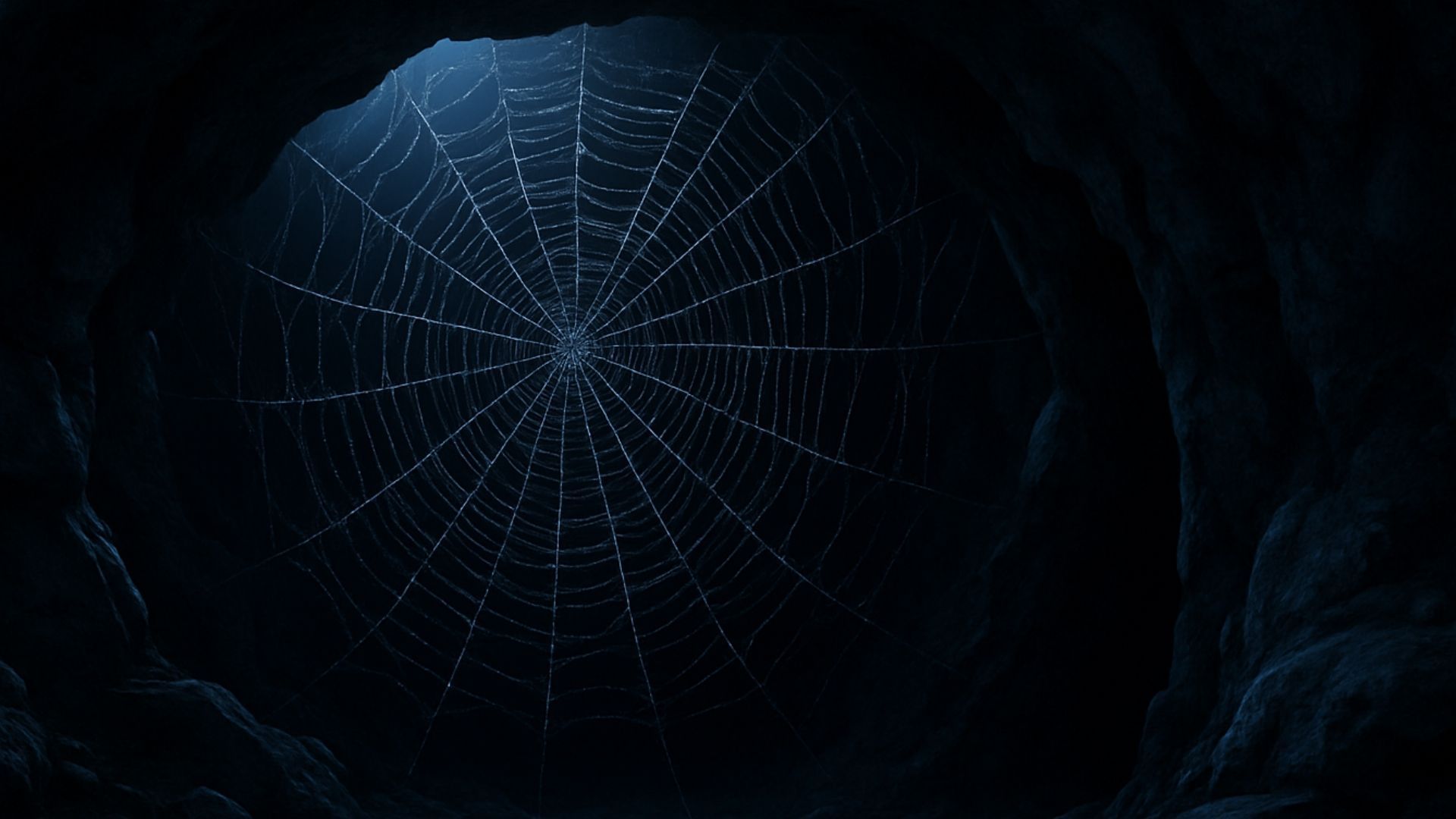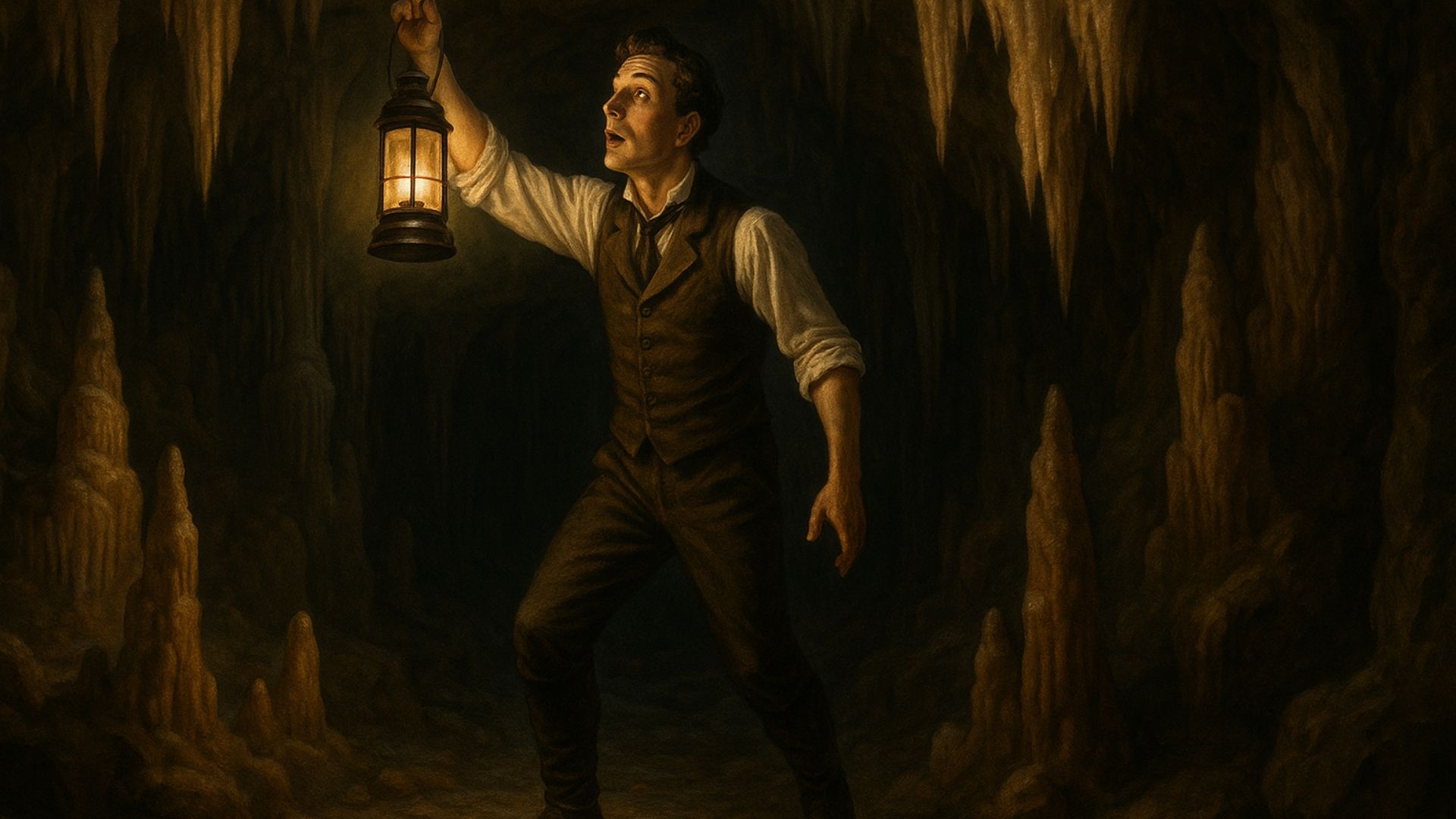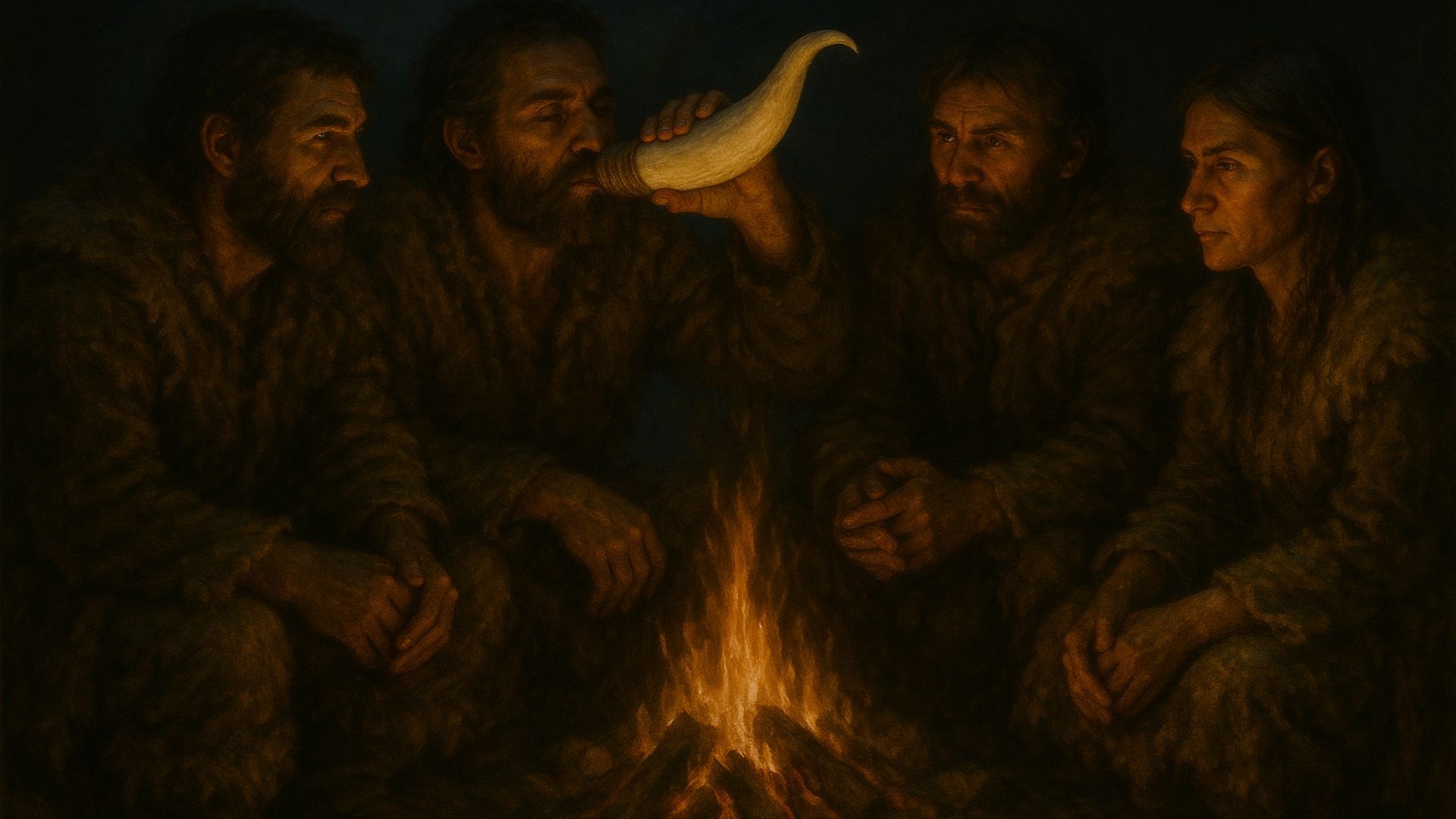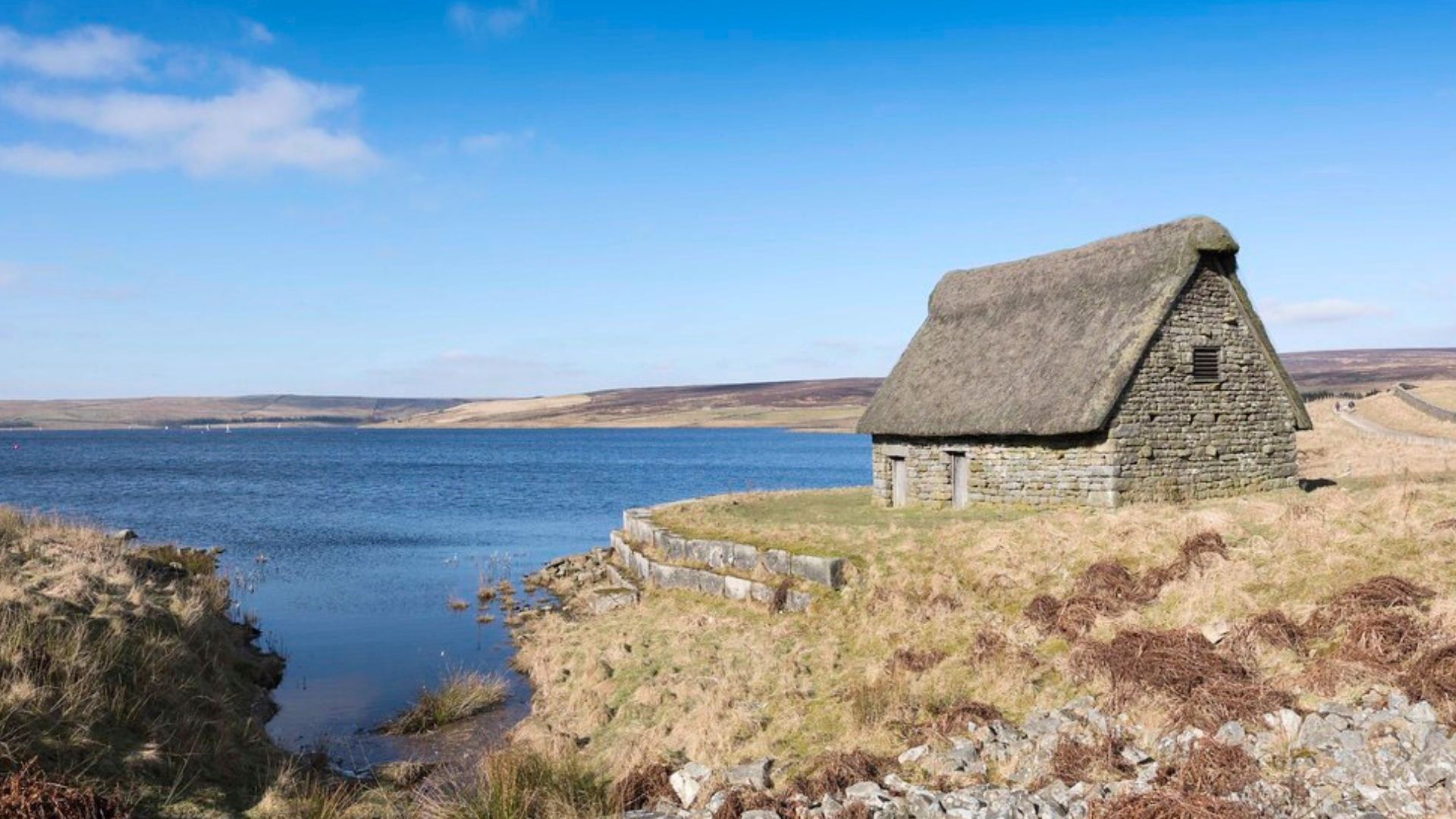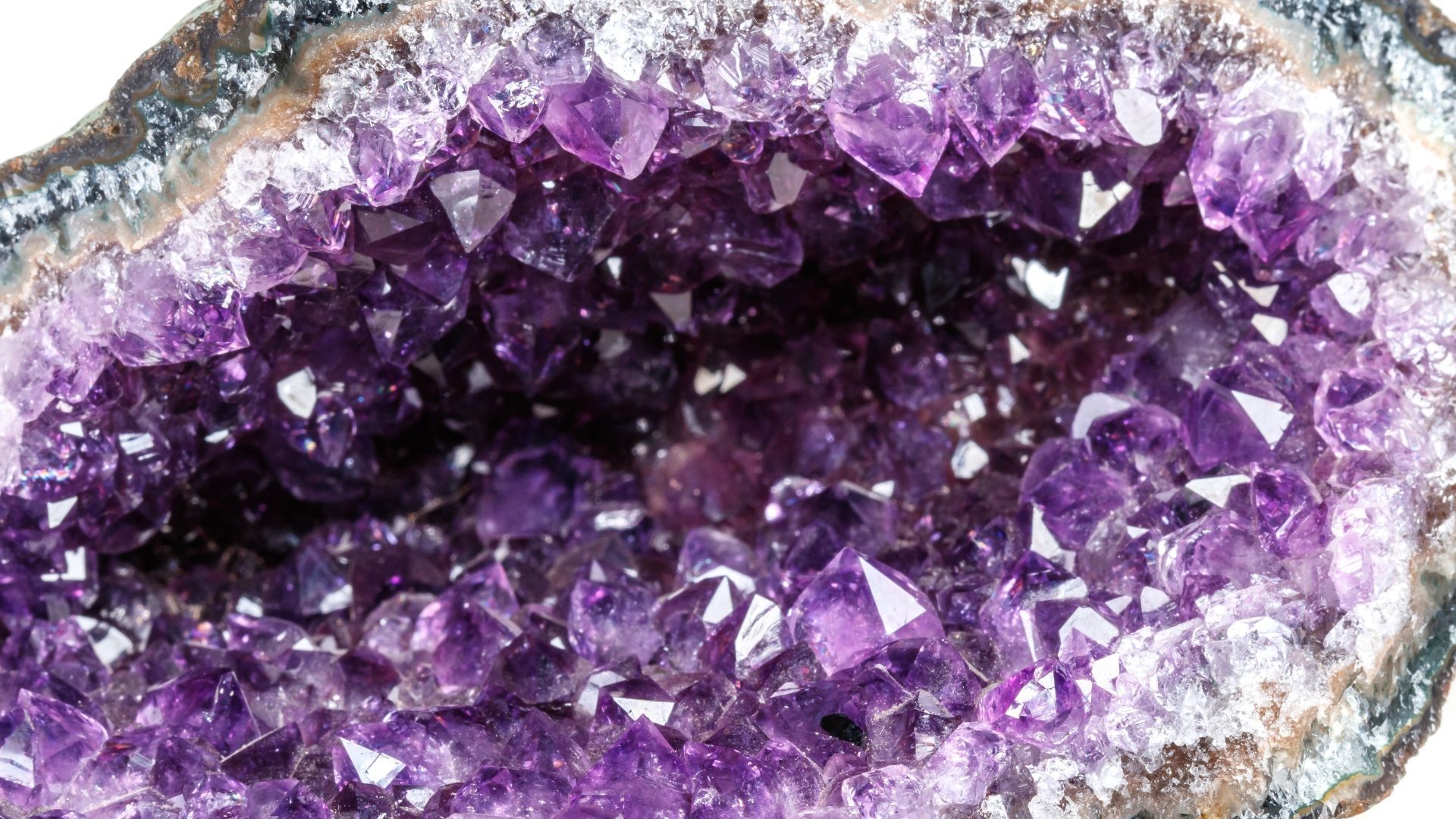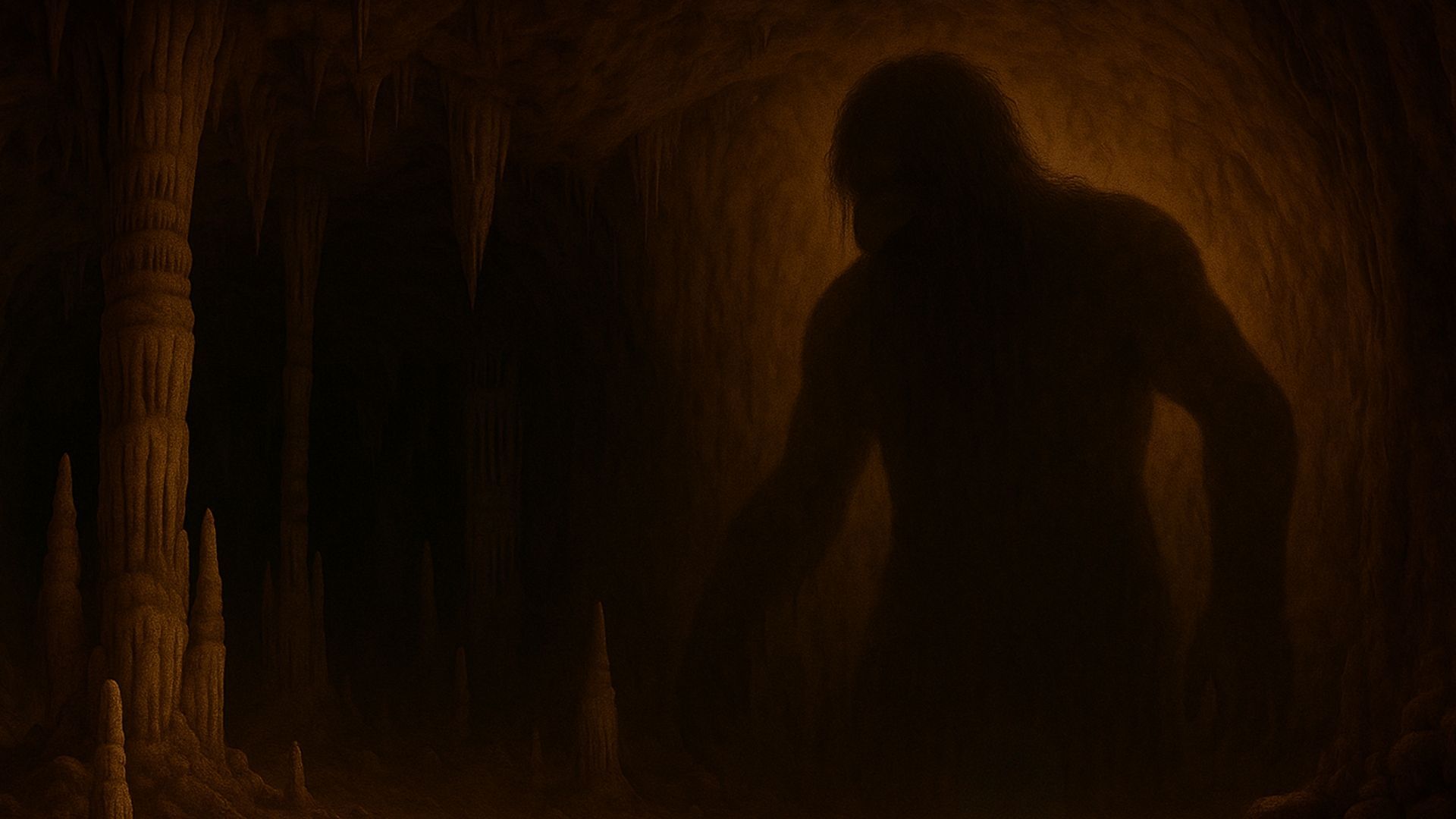Join us as we trace the history of cheese and ask: why do people leave cheese in caves, anyway?
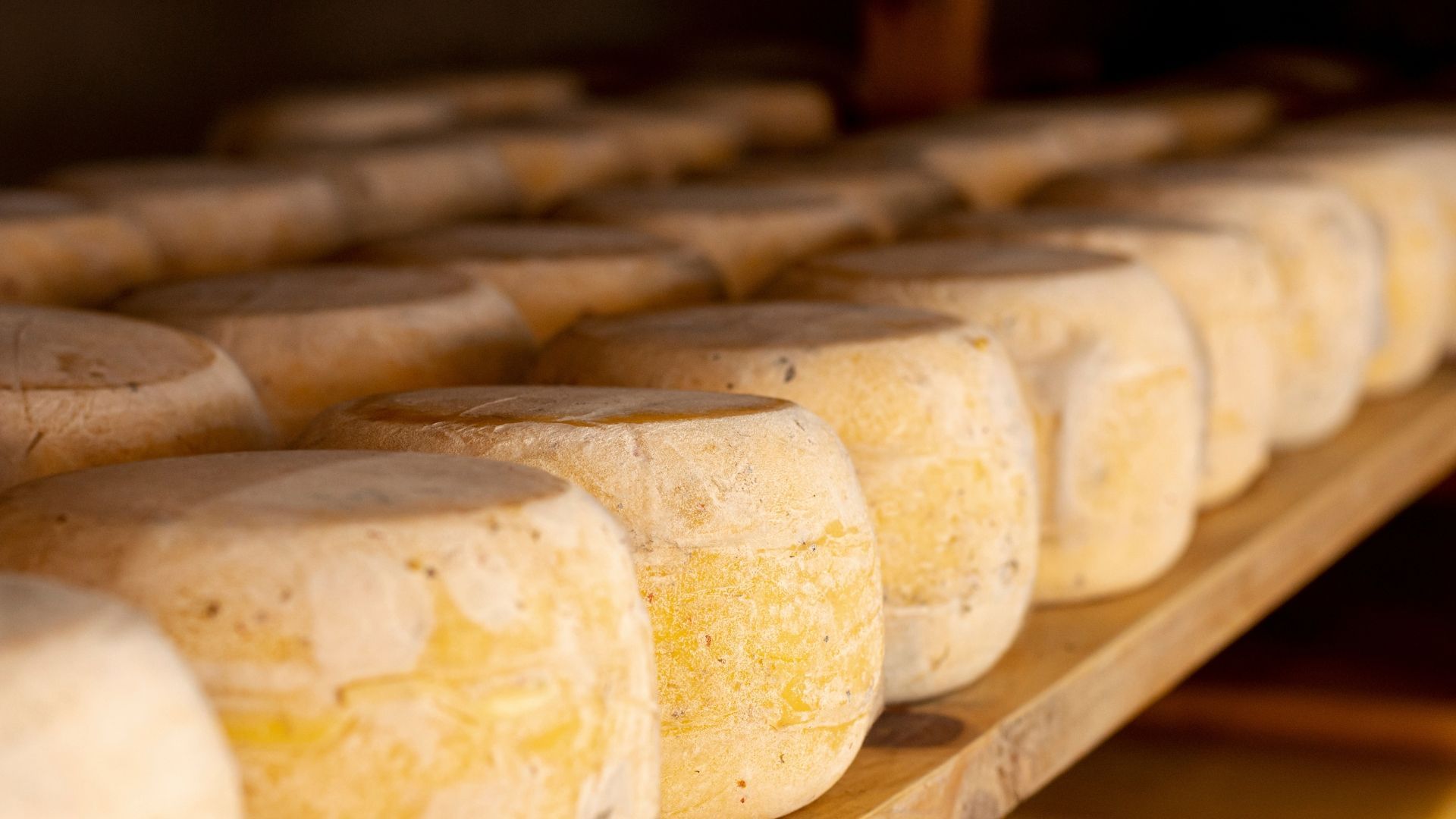
Question of the day: what does cheese have in common with penicillin and Velcro?
Answer: it was an accident.
Yes, like those era-defining inventions, cheese was probably "discovered" by pure fluke.
It might have happened a bit like this. Once upon a time, a nomadic tribesperson needed to carry a pint of milk from one windswept plain to another. So, they did what any right-thinking tribesperson would do and poured the milk into a bag.
Et voila! Portable milk. Now, they just had to strap the bag to a belt or a mule and they could keep their hands free for the long journey. Smart.
But there's a twist. That wasn't any old leather or linen bag. It was a bag hastily fashioned from an animal's stomach – and it probably wasn't very well cleaned.
The tribesperson journeyed on. And as they journeyed, the milk sloshed around and mixed with enzymes left on the walls of the stomach.
When their journey was done, the tribesperson opened the bag and was surprised to see that their milk was no longer milk. It was a medley of thick lumps and thin fluid that probably looked a little off. But, curious as they were, they tasted a little bit of the strange mixture and liked what they nibbled.
Cheese was born.
You might be surprised to learn that cheese is made in a similar way today. Or, at least, the broad strokes are the same. At its most basic, cheese is milk mixed with an enzyme called rennet (or a vegetarian alternative) and drained. Simple.
Of course, the world's cheesemakers have refined the recipe in many and multifarious ways. There are now around 2,000 types of cheeses, each with subtle variations in ingredients, method and – especially – the ageing process.
The art of ageing cheese
Most early cheeses probably weren't aged for very long. Like our modern feta and mozzarella, these protocheeses would have tasted fresh, creamy and mild.
So far, so delicious. But young cheeses come with some serious baggage. They have to be eaten very quickly, or they'll spoil – not good when you're trying to transport them or you're snacking in a hot climate.
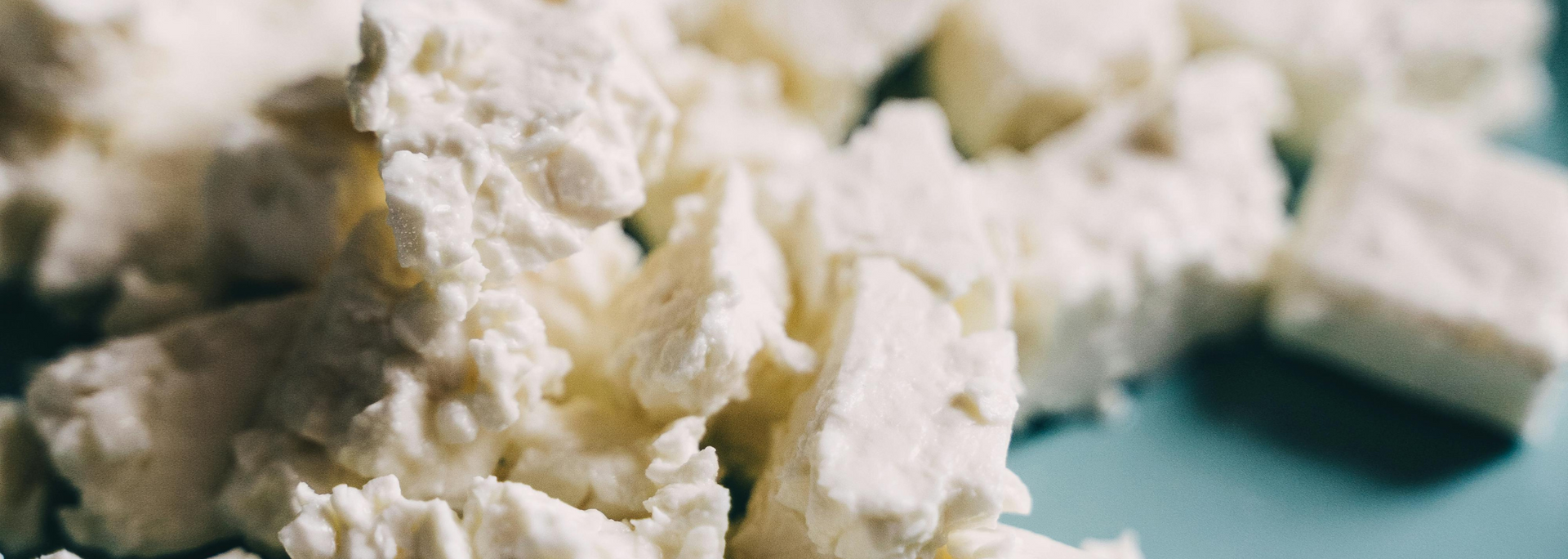
That's why some enterprising cheesemakers started to look for ways to preserve their precious cheeses. In hot climates like the Middle East, they'd add copious amounts of salt. In colder climates, such as Europe, they'd simply leave the cheese to dry out in a cool spot.
New discovery unlocked: aged cheese has a funky, complex flavour all of its own – especially when moulds and bacteria have stowed away on its surface.
Yes, at some point, a cheesemaker saw that their cheese had gone mouldy and decided to try a piece. Ill-advised? Perhaps. Risky? Most definitely. But this brave decision had big consequences: it led to the plethora of mould-enriched cheeses we enjoy today.
If you're feeling a little icky at this point, allow us to make you feel even worse.
Yes, the early cheesemakers were making things up as they went along. Yes, they probably ate more than their fair share of stinky, rancid cheeses. But even today, ageing cheese is essentially a process of controlled rotting. It's about leaving cheese to go bad so it tastes good.
Of course, not any environment will do. As our enterprising cheese-smiths soon learned, you needed just the right balance of temperature and humidity. Get this balance right and you'll have a tasty cheddar or gooey reblochon. Get it wrong and you'll have stomach ache.
Thankfully, there were plenty of caves around.
Why are caves good for ageing cheese?
Cheese needs to age in a fairly cool environment. And – just as importantly – the temperature needs to remain fairly constant. Sudden hot spells or cold snaps can wreak havoc on a recipe.
That's one reason why caves are so ideal for cheesemaking: they're Mother Nature's fridges. Our forbears lacked the luxury of thermostats and active cooling – but they didn't need such fancy toys. Caves did the job just fine.
You can thank their thick rock walls for that. Rock is slow at transmitting heat, so caves tend to maintain a steady temperature all year round. And the deeper you go, the less the temperature fluctuates.
The second reason is that caves are dark and damp. This isn't ideal for humans – but it's great for cheese. That's because cheese loves humidity. If the humidity level was too low, the cheese would turn into a dry, tasteless wodge. Not good.
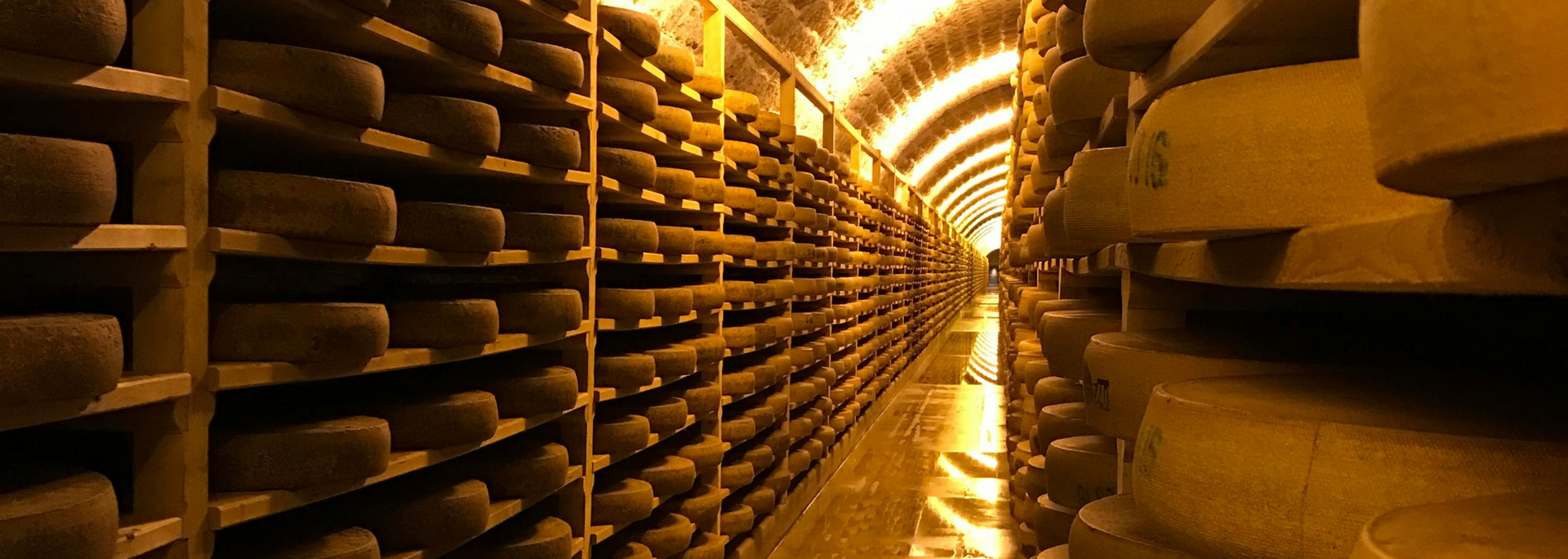
Of course, not all caves are the same. Some are cooler. Some are hotter. Some are more humid than others. It's these small variations that give cave cheeses their characteristic flavours and textures.
Is cheese still aged in caves?
Think of cave-aged cheese and you might imagine medieval monks working in dark natural cellars. A Father Déchanet, perhaps, carefully tending to his wheel of roquefort.
It's a nice mental image – but surely that sort of thing doesn't go on today?
It sure does. In fact, roquefort – the most famous of the cave-aged cheeses – has been made in much the same way since at least the Middle Ages.
The French take the provenance and authenticity of their cheeses very seriously. So, even today, roquefort can only be called "roquefort" if it's aged in the caves of Mont Combalou near Roquefort-sur-Soulzon.
Some cheeses used to be aged in caves but are now mass-produced in factories. However, a few adventurous producers have looked to the past and begun cave-ageing their cheeses once again.
Take Wookey Hole: a cave network in Somerset, UK. Back in the glory days of artisan cheesemaking, farmers from across the region relied on the caverns to give their cheddars a characteristic tang. But the world moved on and the practice died out.
In 2006, however, Ford Farm revived the practice. The caves became a gigantic cheese fridge once again.
Today, Ford Farm's cheesemakers select the finest cheddars from each batch and carry them into the caves, where they're left to mature for six months beneath the Mendip Hills.
And, by all accounts, they're the tastiest cheeses that Ford Farm can muster. It just goes to show – modern methods might be quick and reliable, but sometimes all you need is a cave and a bit of patience.
You won't find any cheese at Stump Cross Caverns (well, maybe in our cafe). However, you will find one of the most fascinating historical places to visit in Yorkshire. Our caves are full of mysterious rock formations and hidden secrets – and their story starts before the dawn of the dinosaurs. Fancy an adventure? It's easy to book tickets online.

